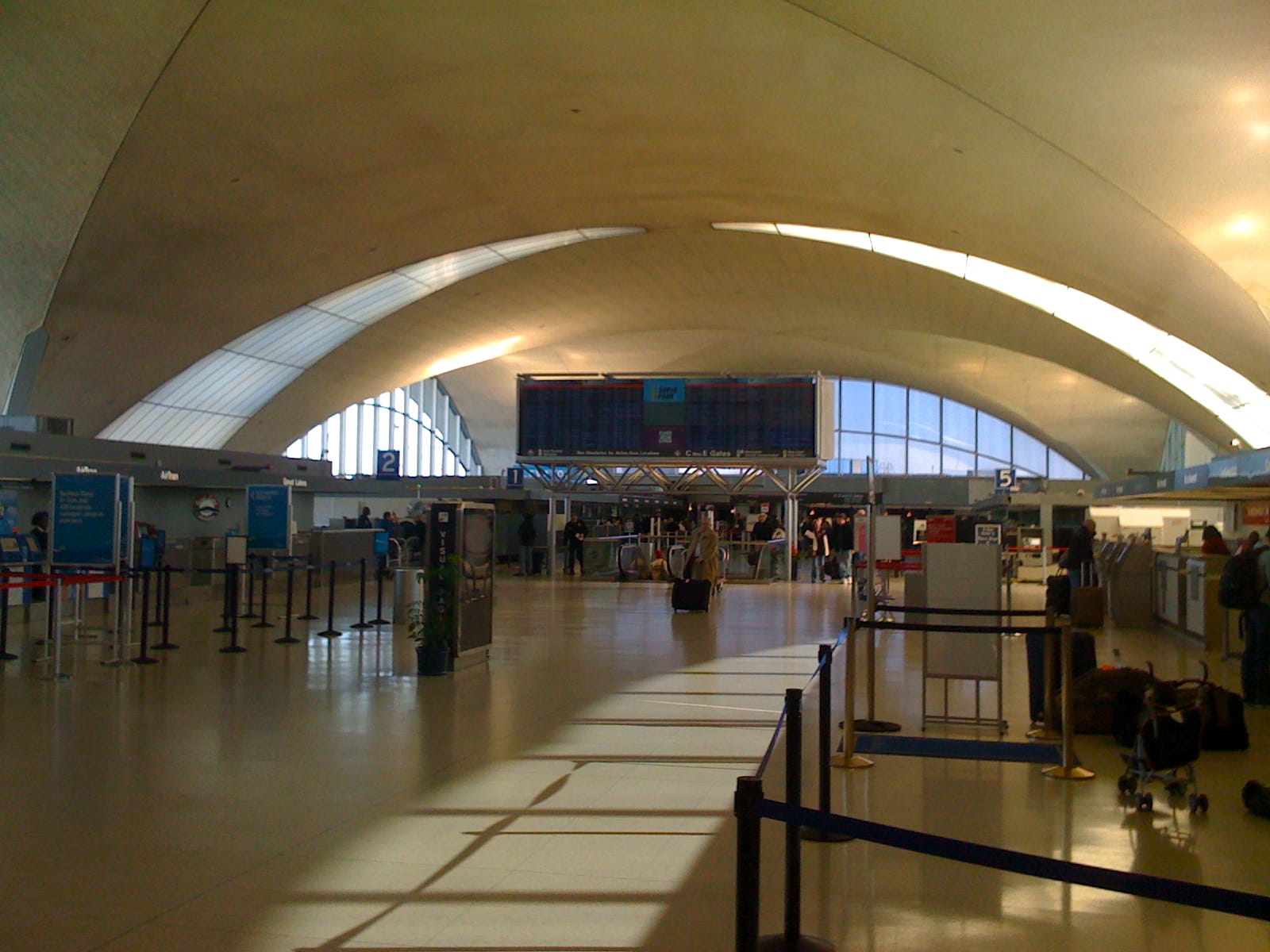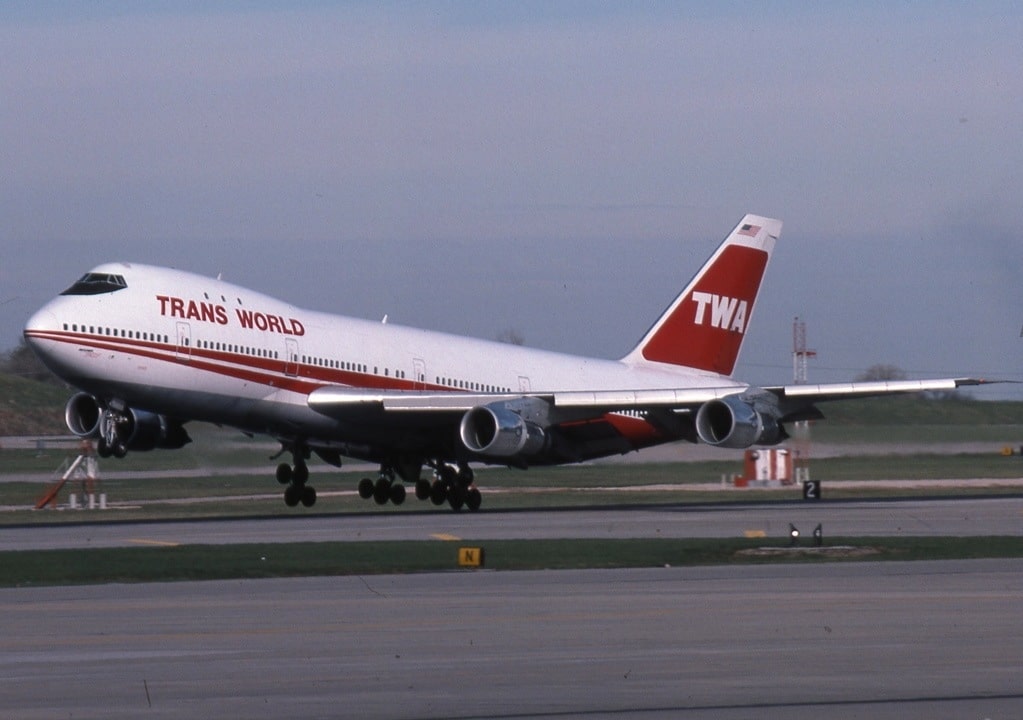STL is poised to become one of the few privatized airports in America. In 2012, Congress established the Federal Aviation Administration Airport Privatization Pilot Program as a means of testing initiatives that would generate access to private capital for public airports. This means private companies could lease, manage, develop and even own them. Nearly 40 percent of European airports are privatized. Of the 12 airports in the U.S. that have applied for the FAA program in the past two decades, only Luís Muñoz Marín International Airport in San Juan, Puerto Rico remains publicly held.

In St. Louis, an advisory team to create an awareness program and vet potential investors is expected to be in place by October 20. So far, the program is receiving wide support. St. Louis Mayor Lyda Krewson has been a vocal proponent and created the advisory team.
Devastating Effects on STL from 9-11 and TWA Collapse

The city’s Deputy Mayor of Economic Development Linda Martínez points out that private investment in STL was important in the airport’s recovery following 9-11. She says privatization would increase the possibility of further improvements. Lambert has been on shaky ground since 9-11 and the TWA collapse in 2001, which cut the number of passengers going through its gates in half. STL has seen a slight rise in traffic over the past couple of years, according to the St. Louis Post-Dispatch, but is hoping for an even greater uptick following improvements made with private monies from shareholders which could offer financial and other incentives to airlines to offset the higher Lambert landing fees.
What’s next…
Since almost all domestic airports are under the umbrella of the federal government, they are bound to restrictions on landing fees. The FAA limits public airports to using only so-called non-aeronautical revenue like concession profits or parking charges to pay for airline incentives, again putting airports like STL with notable drops in traffic at a disadvantage. Landing fees tend to be higher at airports with less traffic which makes attracting new business difficult, a situation that private investment could quickly remedy.
The advisory panel plans to launch campaigns to inform the public and gauge the opinion of the public, business and elected officials before moving forward. The move toward privatization would also require approval from the FAA, Board of Estimate and Apportionment and Board of Alderman.
